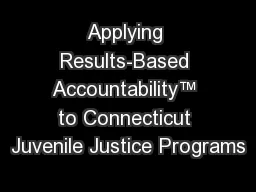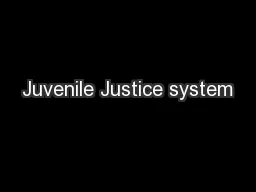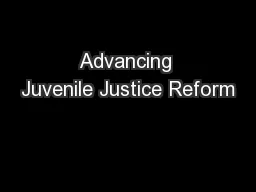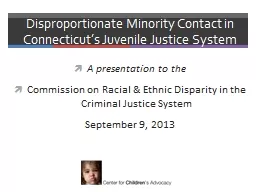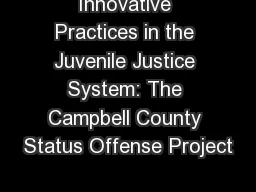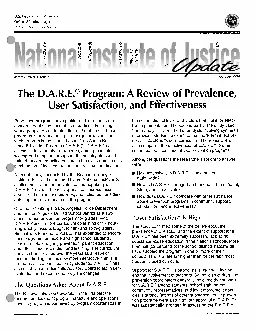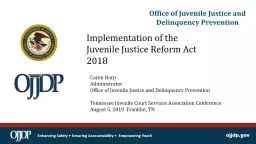PPT-Applying Results-Based Accountability™ to Connecticut Juvenile Justice Programs
Author : kittie-lecroy | Published Date : 2018-09-23
Presented by Ron Schack PhD Director The Charter Oak Group LLC June 28 2011 What are we talking about today What is RBA RBA at the Connecticut General Assembly RBA
Presentation Embed Code
Download Presentation
Download Presentation The PPT/PDF document "Applying Results-Based Accountability™..." is the property of its rightful owner. Permission is granted to download and print the materials on this website for personal, non-commercial use only, and to display it on your personal computer provided you do not modify the materials and that you retain all copyright notices contained in the materials. By downloading content from our website, you accept the terms of this agreement.
Applying Results-Based Accountability™ to Connecticut Juvenile Justice Programs: Transcript
Download Rules Of Document
"Applying Results-Based Accountability™ to Connecticut Juvenile Justice Programs"The content belongs to its owner. You may download and print it for personal use, without modification, and keep all copyright notices. By downloading, you agree to these terms.
Related Documents

